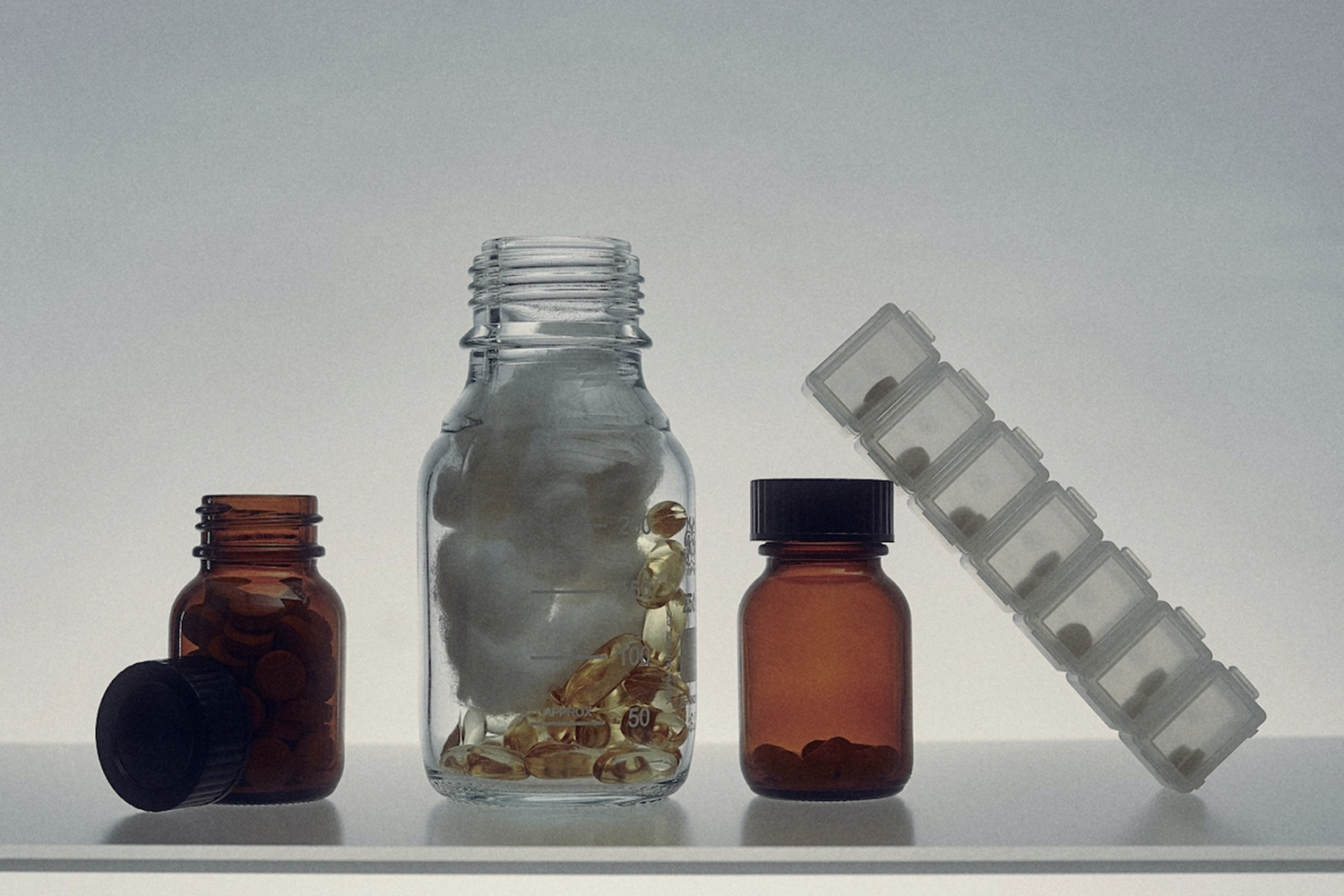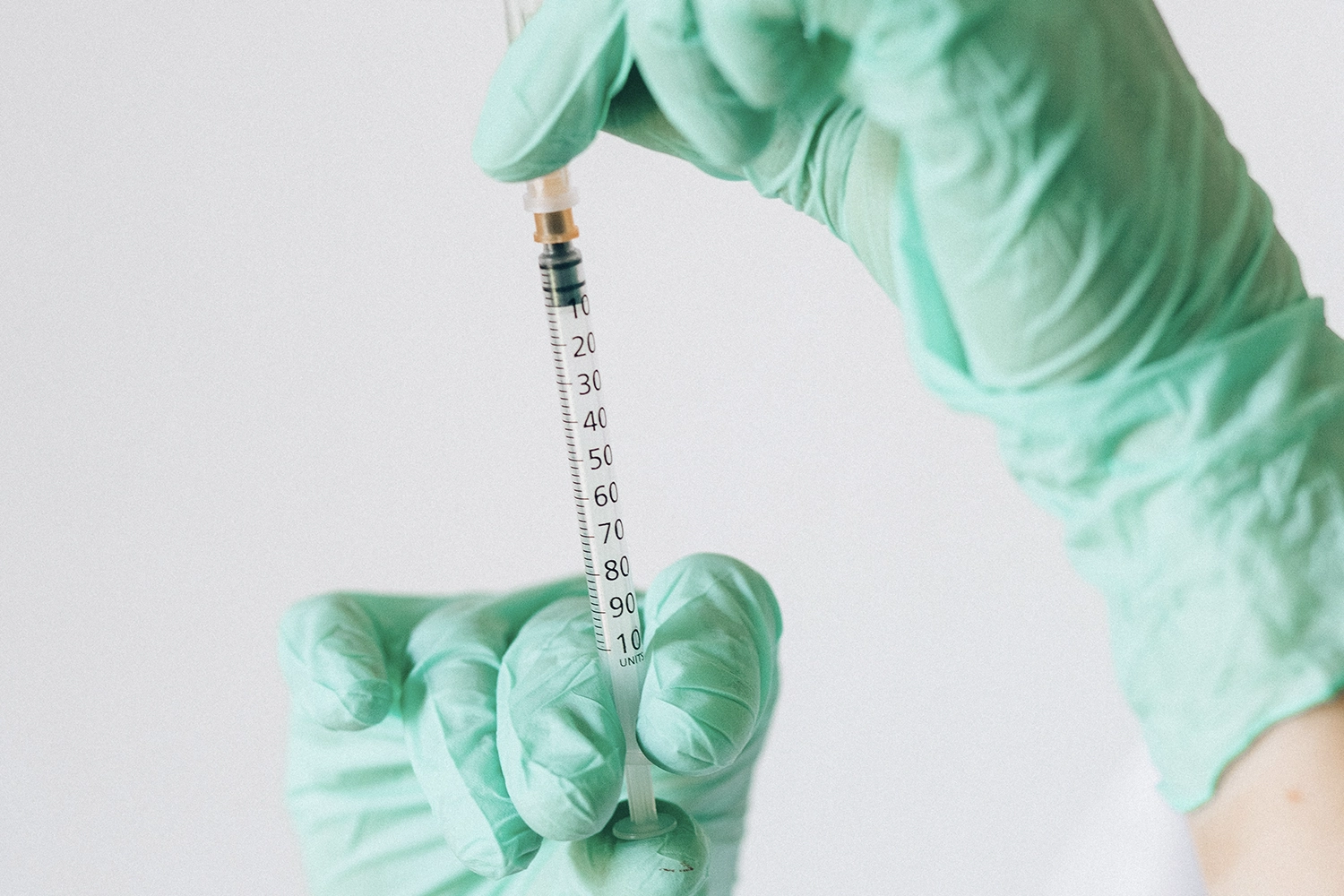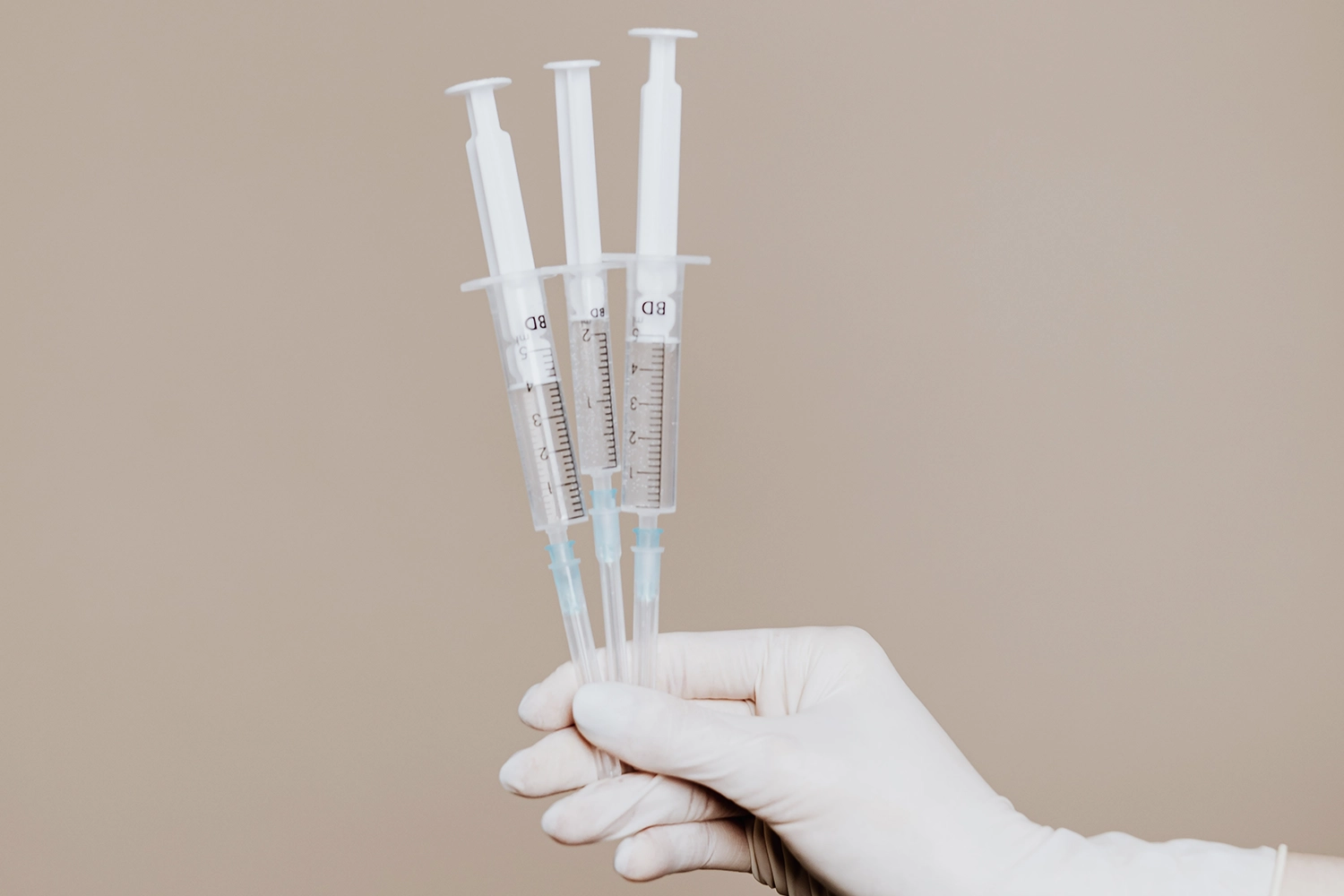In 1984, an endocrinologist named Bernard Bihari, who was treating people with cancer and other immune-related disorders, noticed that naltrexone, an FDA-approved treatment for alcohol dependence and drug addiction, also demonstrated anti-inflammatory properties.
At standard doses, the drug’s common side effects included nausea, vomiting, and headaches, so Bihari decided to experiment with smaller amounts. When he administered a much lower dose of naltrexone than usual (~3 mg), the results were impressive — patients experienced a decrease in pain and inflammation without any of the typical side effects.
Bihari’s research team went on to run studies on a variety of autoimmune diseases, including fibromyalgia, Crohn's disease, and multiple sclerosis. The results were positive: patients reported significant improvements in their symptoms and quality of life. The findings led Bihari and his colleagues to conclude that low-dose naltrexone (LDN) could be "an alternative to the current pharmacological armamentarium" and could be used as a new therapy for autoimmune diseases.
Since then, low-dose naltrexone has been gaining traction as a viable alternative to the standard treatments for autoimmune diseases. Unlike many other drugs, LDN is mostly free of side effects and may provide significant symptom relief without the adverse reactions that often come with conventional medications.
This article will cover the basics of how LDN works, how it's used, and why it's gaining popularity.
What Is Low-Dose Naltrexone, and Why Would I Take It?
Low-dose naltrexone is a non-toxic drug used to treat autoimmune diseases. It's a form of a drug commonly used for treatment of opiate addiction and overdose. Low-dose naltrexone has been used to treat conditions related to autoimmunity, including multiple sclerosis, rheumatoid arthritis, and Crohn’s disease. On the surface, it may look like naltrexone has little to do with autoimmune disease, but studies have shown that low doses of the drug can affect anti-inflammatory mechanisms in the brain. (Source)
How Does Low-Dose Naltrexone Work in the Body?
LDN operates as an "immunomodulator"
Naltrexone helps to balance the immune response by activating opioid receptors in the brain and gut. These receptors activate a "reset" button in the immune system, preventing it from attacking the body's own tissues. In fact, the drug is believed to work by inhibiting the pro-inflammatory immune cells that contribute to these conditions. (Source)
It blocks the effects of opioids at the cellular level
It's an opioid antagonist, which means it works by blocking the activation of opioid receptors. For this reason, naltrexone is used as a maintenance treatment to modulate and control opioid cravings, while also inhibiting the effects of opioids when they are used. (Source, Source)
It enhances the endorphin system
Autoimmune patients tend to have lower levels of endorphins, the body’s natural pain-relieving and mood-boosting chemicals. LDN works by promoting the release of endorphins. By increasing endorphin levels, LDN can help to reduce inflammation and improve mood, which can help to ease symptoms of depression. Furthermore, when endorphin levels reach a certain threshold, the immune system can begin to regulate. (Source)
It reduces inflammation in the central nervous system
Studies have shown that LDN can suppress the activity of cells in our brains called microglia. Microglia are the primary immune cells in the central nervous system that produce inflammation in response to pathogens or injury. When activated, these “white blood cells” of the brain can release inflammatory chemicals, causing a host of symptoms, including fatigue, reduced pain tolerance, sleep and mood disturbances, and cognitive disruption. (Source)
What Does the Research Show?
Despite promising evidence, the use of LDN for chronic diseases is still highly experimental. Although there are no current FDA-approved uses for LDN, providers are still able to prescribe it for indicated uses. Existing trials have small sample sizes, so more research is needed and results need to be reproduced.
Low-Dose Naltrexone and Autoimmune Conditions
The scientific literature suggests LDN may be a promising treatment option for people living with a number of different autoimmune disorders, although research continues.
LDN may reduce Crohn’s disease activity
Of all the autoimmune conditions, Crohn’s is the one that has been studied in the majority of trials with the drug. Some studies have reported positive results, but sufficient evidence regarding the efficacy of LDN in active Crohn’s disease is still lacking. In 2007, the first published LDN trial in humans found that 89% of participants with active Crohn’s disease responded positively to the drug, with 67% achieving remission. The most common side effect was sleep disturbances, which occurred in 41% of participants. Another randomized control trial from 2013 found that disease activity improved in 67% of children treated with LDN, and 25% went into remission. Both of these trials were with small sample sizes (Source, Source)
Overall quality of life improvements have been demonstrated for multiple sclerosis, but the findings are limited
In one study of patients with multiple sclerosis, researchers found that low-dose naltrexone helped patients more with their mental health than their MS symptoms. While this is still a significant finding, it goes to show how experimental the treatment still is, while also providing a glimpse of some promising possibilities for the future. (Source)
Pilot studies for systemic sclerosis have had promising results
Pruritus, or itchy skin, is one of the symptoms of systemic sclerosis, an autoimmune disorder that causes an overproduction of collagen and other proteins. Pruritis is difficult to treat, and there is some indication that LDN may mitigate this symptom. In a small pilot study of three participants, patients with systemic sclerosis saw significant improvements in both GI and pruritus-related symptoms after taking LDN, with two patients fully resolving their pruritus during the trial. More research is needed, especially larger RCTs, but initial results are encouraging. (Source)
Low-Dose Naltrexone and Hashimoto’s Disease
Anecdotal evidence suggests LDN may improve symptoms of Hashimoto's disease. Although studies are limited, some patients have reported positive improvements to their condition after taking LDN, including reduced fatigue, lethargy, and aches. Others, however, seem to have no response at all. While LDN is a promising potential treatment option for Hashimoto’s, there simply isn’t enough research yet to support any firm conclusion. (Source)
Low-Dose Naltrexone and Fibromyalgia
LDN may improve quality of life in fibromyalgia patients. In 2013, a randomized controlled trial of 31 fibromyalgia patients found significant improvements in pain, mood, and general satisfaction with life in the LDN group compared to placebo. (Source)
Low-Dose Naltrexone and Other Conditions
Studies have also looked at LDN as a possible treatment option for non-autoimmune conditions such as autism (Source), neuropathic pain (Source), depression (Source), and complex regional pain syndrome (Source). These studies were all limited by being small in size, but did show LDN as potentially beneficial. Larger studies are needed to further investigate the use of LDN for these additional diagnoses.
Similar to Hashimoto’s, anecdotal reports and case studies suggest low-dose naltrexone may be helpful for some patients with chronic fatigue syndrome and myalgic encephalomyelitis, but no clinical trials have been carried out so far. (Source)

.svg)
.png)









.webp)





.png)

 (1).webp)








 (1).jpeg)

.webp)
.webp)

.webp)

 (2).webp)

%201 (1).webp)

 2 (1).webp)




.svg)
.svg)